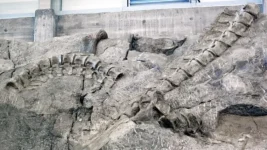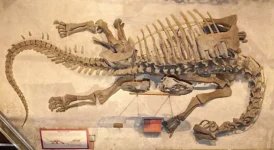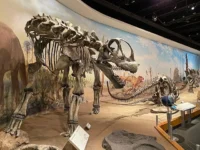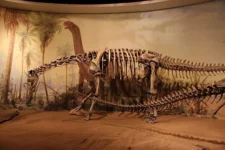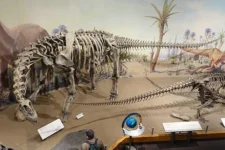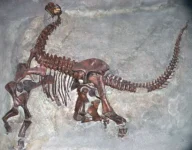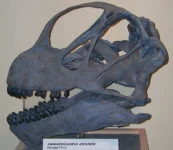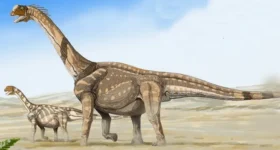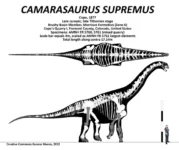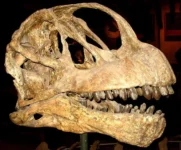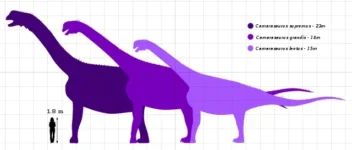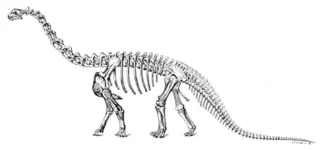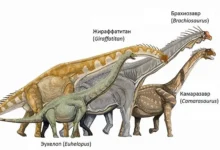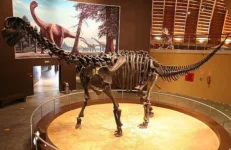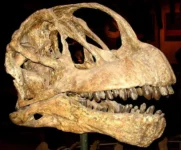Camarasaurus
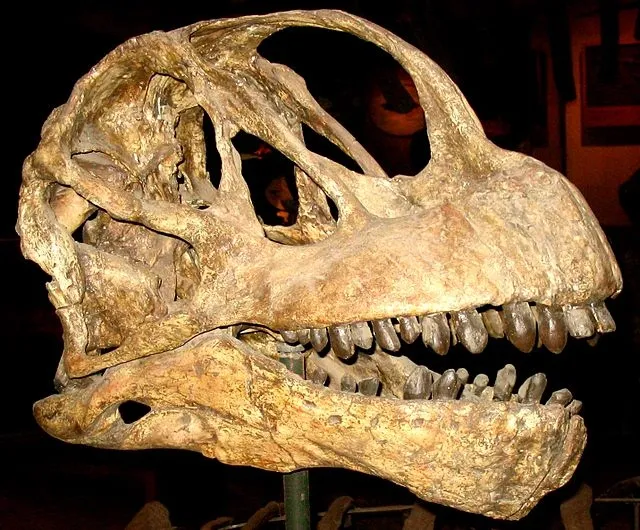
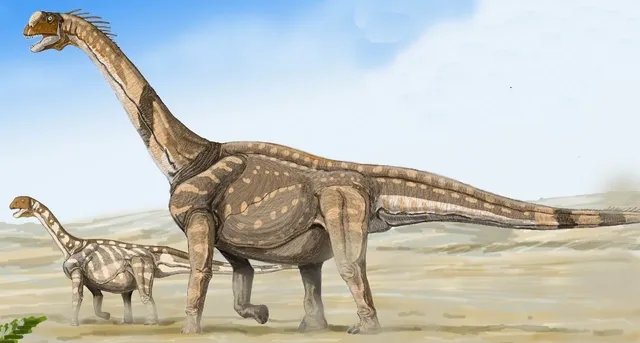
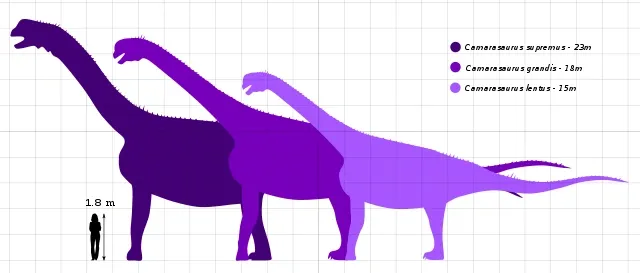
CAMARASAURUS:
Camarasaurus was a notable sauropod dinosaur that lived during the Late Jurassic period, approximately 155 to 145 million years ago. Here are four interesting facts about Camarasaurus: Camarasaurus is significant in paleontology due to its abundance in the fossil record and its role in reconstructing the ecosystem of the Late Jurassic period. Its well-preserved fossils have helped scientists understand sauropod anatomy, behavior, and evolution.
SIZE AND ANATOMY:
Camarasaurus was a massive herbivorous dinosaur, reaching lengths of about 15 to 23 meters (50 to 75 feet) and weighing an estimated 20 to 30 tonnes (22 to 33 tons). It had a long neck, a relatively short tail, and a sturdy body supported by four robust legs. Its neck and tail were both flexible and its neck was notably long for a sauropod.
DISCOVERY AND DISTRIBUTION:
DIET:
Camarasaurus was an herbivore, feeding on vegetation such as ferns, cycads, and conifers. Its teeth were spoon-shaped and adapted for stripping vegetation rather than chewing. Camarasaurus likely used its long neck to reach high into trees and its strong jaws to crop vegetation efficiently.
SOCIAL BEHAVIOR:
Evidence suggests that Camarasaurus may have lived in herds, a behavior common among sauropods. Living in groups could have provided protection against predators and facilitated finding food sources across vast Jurassic landscapes.
PALEOBIOLOGY AND IMPORTANCE:
Camarasaurus is important in paleontology because it is one of the most completely known sauropod dinosaurs. Its fossils have provided crucial insights into sauropod anatomy, behavior, and evolutionary adaptations during the Late Jurassic period.
FUN FACTS:
1. Camarasaurus is one of the most abundant and well-preserved sauropod dinosaurs known to science. Numerous fossils, including nearly complete skeletons, have been discovered in western North America, making it a staple in the study of Jurassic dinosaurs.
2. Unlike some other sauropods, Camarasaurus had teeth that were chisel-like and spoon-shaped, adapted for stripping vegetation. This dental adaptation helped it efficiently crop leaves and other plant material.
3. Despite its massive size, Camarasaurus had a relatively flexible neck compared to other sauropods. This allowed it to reach high into trees to feed on foliage, contributing to its success as a herbivore in the Jurassic forests.
4. Some paleontologists speculate that Camarasaurus may have engaged in intraspecific combat using its sturdy neck and head. Fossil evidence of injuries and wear patterns on skulls and neck vertebrae suggest possible interactions between individuals, possibly related to dominance or mating.
